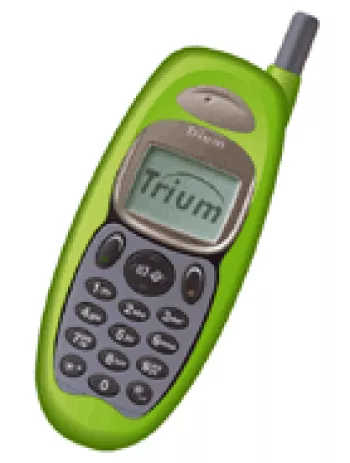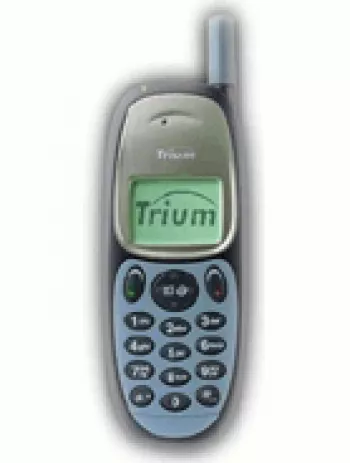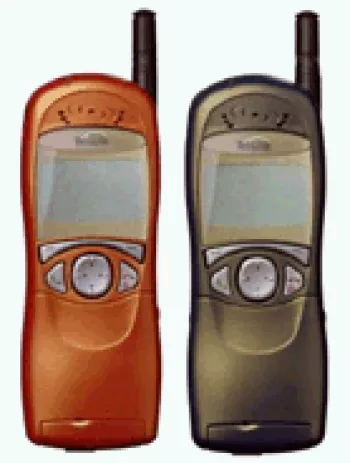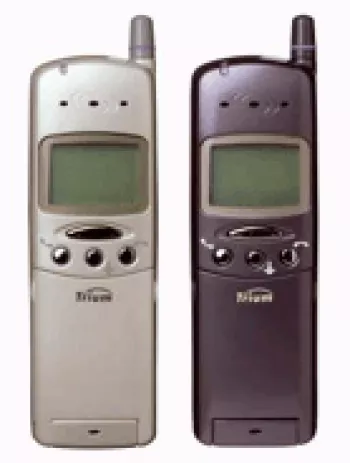Unveiling the Mitsubishi Trium Galaxy Specs Prices Pros & Cons
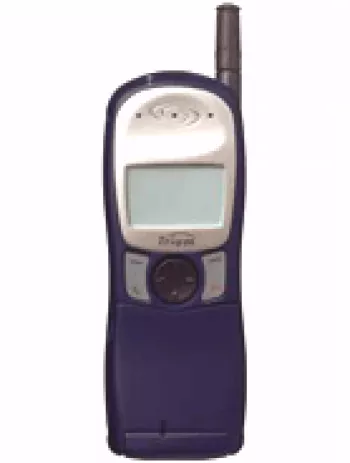
Introduction to Mitsubishi Trium Galaxy
The Mitsubishi Trium Galaxy was a mobile phone model released towards the end of the 1990s. As one of the devices that marked the transition into an era of mobile communication, this phone showcased some popular features of its time, while missing others that have become standard today.
Network Capabilities
In terms of network capabilities, the Mitsubishi Trium Galaxy operated purely on GSM technology, supporting 2G bands, specifically GSM 900/1800. During the time of its release, this was quite common as 3G and 4G networks were not yet available. The absence of GPRS and EDGE technology highlights its limited internet capability, a constraint that was typical for phones of that era.
Launch and Reception
The phone was announced in 1999, a time when mobile phones were starting to gain widespread adoption. However, its production was discontinued, likely due to rapid technological advancements and consumer expectations outpacing the features offered by the Trium Galaxy. The release of this phone can still be seen as part of the pioneering era that laid the groundwork for later mobile technologies.
Design and Build
The body of the Mitsubishi Trium Galaxy measured 132 x 49 x 29 mm and had a volume of 140 cc, making it relatively bulky by modern standards but characteristic of its time. Weighing 149 grams, it was not particularly lightweight but manageable for handheld use, again reflecting the design norms of the late 1990s. A Mini-SIM slot was provided, which was standard for the time.
Display Features
The phone came with a monochrome graphic display, which was typical for mobile phones in the late 1990s. The resolution allowed for between 5 to 25 characters to be displayed, which was adequate for basic tasks such as dialing numbers and reading text messages. The lack of a color screen signified the era before color displays became a common feature in mobile phones.
Memory and Storage
The Mitsubishi Trium Galaxy was limited in terms of memory and storage options. It did not have a card slot for expandable storage, which means users had to rely on the internal phone memory. The phonebook could store up to 100 contacts, a reasonable capacity at the time. Additionally, it could log 10 dialed, 5 received, and 5 missed calls, which provided enough functionality for basic communication needs.
Audio and Sound
Sound features were limited, with no loudspeaker option and only supporting monophonic ringtones, which were standard at the time. The device did not include a 3.5mm headphone jack, which meant that it provided very basic audio functionalities compared to today's standards.
Connectivity Options
The Trium Galaxy lacked modern connectivity features such as WLAN, Bluetooth, and GPS. This reflects the technology limitations of the late 1990s. Users of the device would have experienced significantly less functionality in terms of remote data transfer or location-based services. Moreover, the absence of a radio indicates a focus on basic telephonic functionalities.
Additional Features
Other features of the Mitsubishi Trium Galaxy were minimalistic. It supported SMS for basic messaging but did not include its own browser or any form of internet browsing capabilities. Moreover, there was no clock, alarm, or gaming options, emphasizing its focus as a communication device over being a multi-functional gadget. The phone supported 8 different languages and did not have Java support, a technology that later entered the scene to enhance phone functionality with applications.
Battery and Performance
The device was powered by a removable NiMH 900 mAh battery, providing up to 150 hours of stand-by time and 3 hours of talk time. This performance was standard for the time, reflecting the efficiency of technology available at the turn of the century. The removable battery feature allowed users to carry spare batteries and replace them manually, an option now less common with the advent of built-in smartphone batteries.
Conclusion
Overall, the Mitsubishi Trium Galaxy was a product of its time, representative of the mobile communication capabilities available in the late 1990s. While it lacks many of the advanced features users expect today, such as high-resolution displays, internet connectivity, and smart functionalities, it played its part in the progress of mobile technology. The phone’s characteristics serve as a reminder of the rapid evolution of mobile phones, from simple devices used merely for voice calls and SMS to the sophisticated smartphones we rely on today.
Key Features of Mitsubishi Trium Galaxy
- GSM Technology supporting GSM 900/1800 bands
- Compact and lightweight design with dimensions of 132 x 49 x 29 mm and weight of 149 g
- Monochrome graphic display for text-based communication
- Phonebook capability storing up to 100 contacts
- Call record function with up to 10 dialed, 5 received, and 5 missed calls
- Support for SMS messaging
- Available in 3 different colors
- Battery life offering up to 150 hours of standby and 3 hours of talk time with a removable NiMH 900 mAh battery
- Support for 8 different languages
Disadvantages of Mitsubishi Trium Galaxy
- Lacks GPRS and EDGE support for data connectivity.
- Discontinued model, meaning no longer supported or available.
- Bulky dimensions and relatively heavy with a weight of 149 g.
- Monochrome graphic display with limited resolution capabilities.
- No memory card slot for expandable storage.
- Limited phonebook capacity, storing only 100 contacts.
- No camera feature available on the device.
- No loudspeaker; device only supports monophonic ringtones.
- Lack of standard 3.5mm audio jack.
- No support for commonly used communication features such as WLAN, Bluetooth, positioning, or radio.
- Absence of modern essential features such as clock and alarm.
- Does not support light gaming; no games available.
- Limited to SMS messaging only, with no browser support.
- Utilizes an older NiMH battery technology with limited talk and stand-by time.
View Also
More Phones
All Rights Reserved +14266 Phones © Mobilawy 2025














